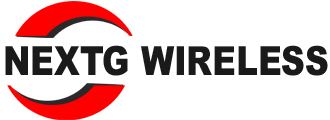
Unlimited Cable Internet
Cable Internet providers offer service to 89% of the population, so you very likely have a cable Internet provider in your area.
As the name suggests, cable internet works by using the same analog cables traditionally used to deliver cable television. These copper coaxial cables travel from your home to the aneighborhood node, and then to your service provider. Cable internet has a wider bandwidth than DSL, and unlike fiber, it’s already installed in most homes, which makes cable service convenient for getting high-speed internet with minimal installation. And if you’re interested in getting cable TV as well, bundling cable services can often save you money over getting the services separately.


What is cable?
Cable is our premium high-speed broadband network. It’s a combination of optical fibre and coaxial cables that run from the street to the premises.
With speeds three times faster than ADSL, it’s how we deliver broadband internet, telephony and TV.
How does cable work?
Cable networks work by grouping users into areas known as “nodes”. Neighbourhood nodes are connected to the internet via high-speed optic fibre cables, and users are connected to the node via coaxial cable.
You might hear the Cable Network sometimes referred to as Hybrid Fibre Coaxial or the ‘HFC’. The international standard that is used to deliver internet over the HFC network is known as DOCSIS (Data Over Cable Service Interface Specification).


How fast is cable broadband?
Many factors affect speed such as internet traffic, your line condition, your hardware and software, the data source or destination and your location.



